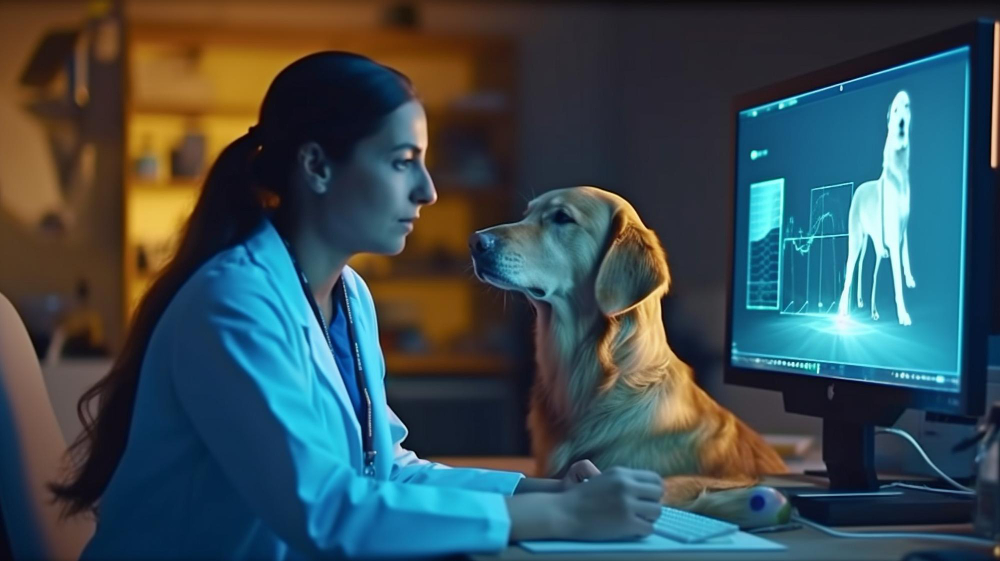
Digital Transformation in the Pet Insurance Industry
The pet insurance industry is evolving, but significant challenges are hindering its digital transformation. Despite technological advances, the industry continues to face hurdles that prevent it from fully capitalizing on new opportunities. From legacy systems to data management issues, let’s explore the main challenges holding back the pet insurance sector from digital transformation success.
Legacy Systems & Outdated Technology
One of the most significant roadblocks to digital transformation in the pet insurance industry is the reliance on legacy systems. Many insurance companies are operating on outdated platforms that lack the flexibility needed to adapt to modern digital technologies.
According to Insurance Business America, 70% of insurance companies still rely on legacy infrastructure, which severely limits their ability to incorporate AI, machine learning, and automation into their workflows . These older systems create bottlenecks in processing claims, managing customer data, and launching new digital services.
Lack of Customer Education and Awareness
Even as the pet insurance industry grows, many pet owners remain unaware of the benefits or mechanics of pet health insurance. This knowledge gap creates friction in customer acquisition and policy retention, especially when it comes to offering digital tools like self-service portals or automated claims processes.
A report by NAPHIA (North American Pet Health Insurance Association) notes that only 2-3% of pets in the U.S. are insured . Educating customers on the advantages of insurance, while also integrating digital touchpoints, remains a key challenge.
Data Integration & AI Adoption
Data is the backbone of any successful digital transformation, but pet insurance companies often struggle with data integration due to siloed information systems. AI and machine learning technologies thrive on data, but without proper data harmonization, companies can’t harness the power of predictive analytics or automated underwriting effectively.
In 2023, McKinsey found that only 30% of insurers had fully integrated AI into their core processes . This statistic highlights the sluggish adoption of advanced technologies that could improve risk assessments and streamline claims management.
Regulatory & Compliance Constraints
The insurance industry, including pet insurance, operates in a heavily regulated environment. While necessary for consumer protection, these regulations often create barriers to digital innovation. Compliance-related challenges slow down the implementation of new digital solutions, such as fully automated claims processing or AI-based risk assessments.
An industry survey conducted by Deloitte highlighted that 56% of insurers see regulatory changes as a significant challenge to innovation . Keeping pace with compliance, while also driving digital change, becomes a balancing act for pet insurance providers.
User Experience & Digital Adoption
Even when digital tools are available, the user experience often lags behind other industries, affecting customer satisfaction and retention. Customers expect seamless, intuitive digital experiences akin to what they find in retail or banking, but many pet insurers struggle to deliver.
Forrester Research indicates that digital engagement in insurance has only grown by 20% over the last two years, far behind other sectors like retail or banking . Improving the user interface, offering mobile apps, and simplifying the claims process are essential steps for any insurer undergoing digital transformation.
The Way Forward: Overcoming Barriers
For the pet insurance industry to unlock the full potential of digital transformation, overcoming these challenges is critical. Transitioning from legacy systems to cloud-based infrastructures, investing in AI and data analytics, and improving the customer experience will define future success.
As more insurance companies rise to the challenge, the potential for growth is enormous. Pet ownership continues to rise, and as more consumers seek insurance, the companies that have fully embraced digital transformation will be the ones leading the pack.
Conclusion
Digital transformation is no longer an option—it’s a necessity. The pet insurance industry has the potential to offer more efficient services, better customer experiences, and smarter risk management by overcoming current challenges. Those who adapt quickly will not only survive but thrive in this increasingly competitive market.
References
- Insurance Business America, “70% of Insurance Firms Still Rely on Legacy Systems,” 2023.
- North American Pet Health Insurance Association (NAPHIA), “State of the Industry Report,” 2023.
- McKinsey, “AI Adoption in the Insurance Industry,” 2023.
- Deloitte, “Regulatory Challenges in Digital Insurance,” 2022.
- Forrester Research, “Digital Engagement in Insurance,” 2023.




